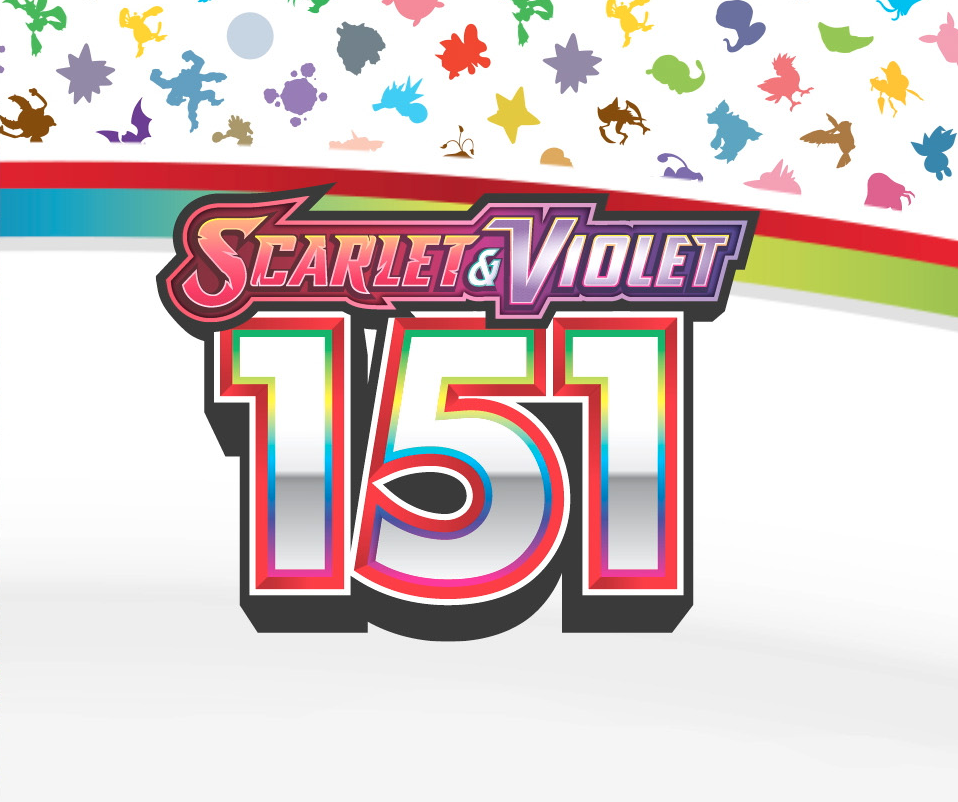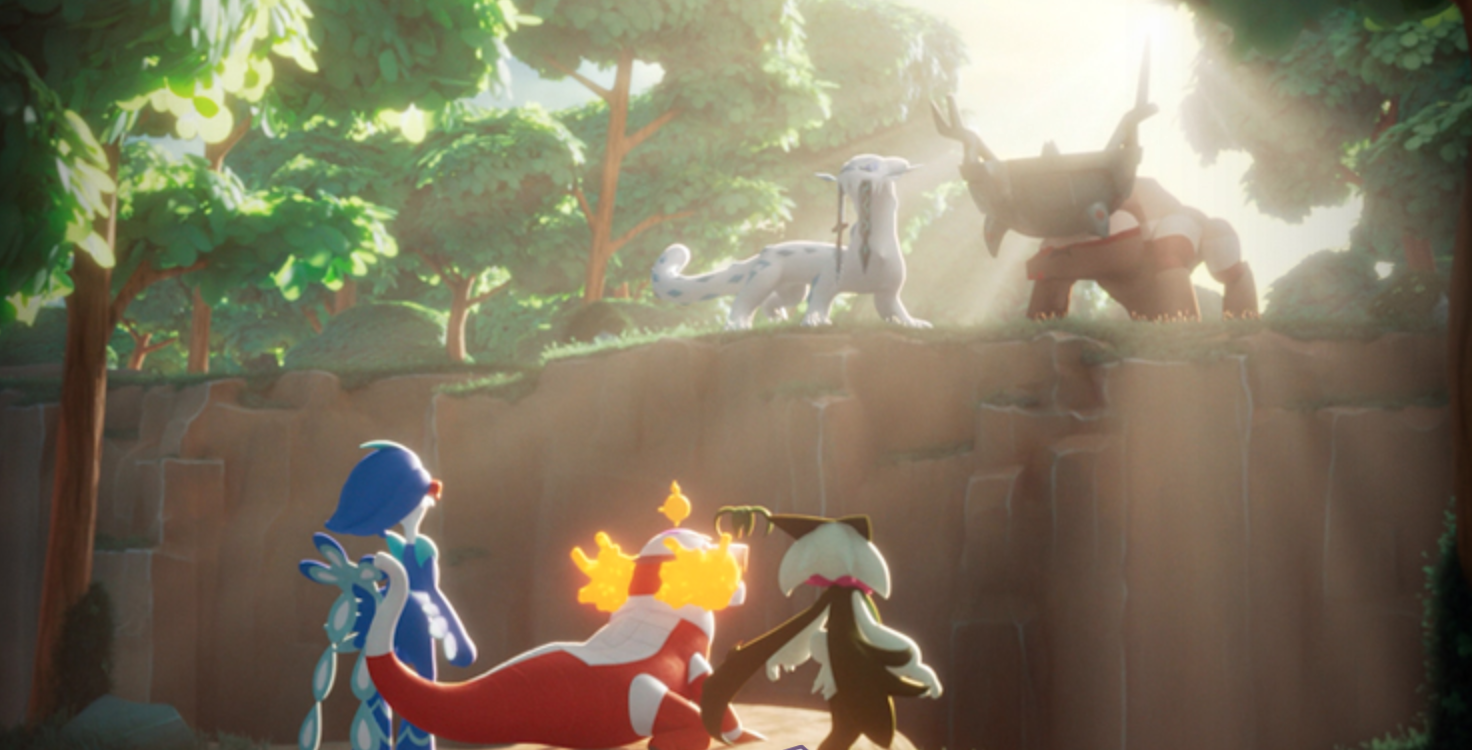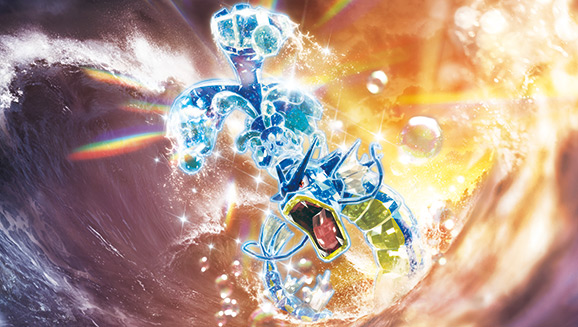The expanded format has an incredibly diverse meta-game and it can be daunting to find a competitive deck. One of the more difficult things to understand is the meta-game itself. This boils down to not just to which decks are the most successful, but also which cards are the most impactful. This latter point is something that players might not tune into and can reveal an overall weakness that you can exploit. An example that I will focus on in this article is the prevalence of Dedenne-GX and Crobat V in virtually all competitive lists.
Enter the Kung-Fu Panda. Rapid Strike Urshifu VMAX is a new addition to the expanded meta-game following the release of Sword and Shield: Battle Styles. This deck aims to target commonly played fighting-weak support Pokemon, like Dedenne-GX and Crobat V, on your opponent’s bench. For fans of Fighting type Pokemon, Urshifu VMAX is probably the best option printed since Buzzwole GX back in the Sun and Moon: Crimson Invasion. With two powerful attacks and being a Fighting type, this
archetype can quickly decimate your opponent’s boards. Let us examine a strategy that I have found success with.
Pokemon
Both the V and VMAX forms of Urshifu play a key role in this list. It is quite important to develop Urshifu VMAX as soon as possible so we play the V at four copies. Often, you will start with Urshifu V in the active spot. The strafe attack allows it to switch places with a Pokemon on your Bench. A powerful target for this effect is Wobbuffet with the Bide Barricade ability. Going second, a Strafe into Wobbuffet can potentially shut down your opponent’s next turn. Immediately after, you can then capitalize on your opponent’s lack of setup by delivering quick KO’s with Urshifu VMAX. This is particularly useful against decks like Pikachu & Zekrom, Eternatus VMAX, Zoroark-GX, and others where Abilities are central to the archetype.
Urshifu VMAX is your main attacker in the deck. At first glance, its attacks are not very damaging. Urshifu’s strongest attack can hit for up to 150 damage; this is 3-shot territory when considering the HP of VMAX Pokemon. However, the Fighting type has some of the best damage modifications in the game. Those modifications allow Urshifu to two-shot most VMAX Pokemon, and in some cases one-shot.
This cast of support Pokemon provides the right amount of protection against other competitive decks. Diancie Prism is a staple Fighting Pokemon because it boosts your damage before weakness/resistance by 20. While modest, the math works perfectly when targeting support Pokemon like Tapu Lele whose 170HP becomes within reach of Urshifu’s first attack. Sudowoodo will help stall the setup of aggressive strategies like Eternatus VMAX, Turbo Dark and other decks that require adequate bench space to pull of their full combo. This is particularly useful against decks that play Sky Field. Jirachi-GX is a very neat tech in this deck as it removes the Psychic weakness of Urshifu. This can be particularly devastating for decks like Mewtwo & Mew Tag Team variants who can’t quite take down a full HP Urshifu VMAX in one turn.
Supporters
This build of Urshifu VMAX is most distinguishable by the Supporters it plays. Here, instead of using the new Rapid Strike Octillery engine, I opted to use an old but powerful Fighting-type-focused supporter: Korrina.
I like Korrina over Octillery for many reasons, mainly because I can develop more routes into my deck. Korrina can search any fighting Pokemon and an additional Trainer card. This can be anything, ranging from Quick Balls to Float Stones. This kind of flexibility allows me to play the game with a modular mindset; I can adapt to situations as they develop. For example, with Korrina, you can search 1 Urshifu V/VMAX + 1 Quick Ball. Here you can immediately develop Urshifu which you need in the early game and use the Quick Ball to search for a Dedenne-GX or Crobat V to refresh your hand. In the late game, Korrina can also help you pick out any item card in your deck including Float stone, VS Seeker, Target Whistle etc.
Guzma is the bread and butter of this deck. Not only does it allow you to access your opponent’s bench, it also satisfies the condition for added damage for Urshifu’s first attack. At full strength, Urshifu VMAX can deal 190 damage to a single Pokemon with just 1 energy and a Guzma. If they are weak to fighting, 380 damage is guaranteed to knock them out.
Since Urshifu doesn’t necessarily one-shot many targets, we run a single copy of Acerola to sustain our board state. Consider the situation where you use Urshifu VMAX to deal 190 to your opponent’s active VMAX Pokemon. They return with their own damaging attack. Provided you have another Urshifu VMAX, you can use Acerola to completely heal all that damage, promote your Benched Urshifu VMAX and attach the energy you picked up to deal another 190 for knockout. In this scenario, Acerola nullifies your opponent’s last turn.
Items
Here, we arrive at what I consider the core of the deck. These two item cards (remember, both are easily searchable with Korrina) can decimate your opponents in just a few turns. Urshifu VMAX’s second attack does not seem too powerful at first glance; but what if you could apply weakness to benched Pokemon? Consider the fact that almost every deck plays Dedenne GX and Crobat V. With wide lens, you can deal 240 damage to 2 benched targets with GMAX Rapid Flow. This itself can result in a
multi-prize (and potentially game-winning) turn.
The most extreme example of a multi prize turn can be found against Pikachu & Zekrom decks. Imagine they have a singe benched Pikachu & Zekrom. You use Target Whistle to bring out another Pikachu & Zekrom. A single attack with GMAX Rapid Flow would deal 240 damage to each, netting you a total of 6 prizes in one turn.
A more realistic win condition might look like this: Your opponent plays a Dedenne-GX in their opening turn. You knock it out with Gale Thrust. To continue their set-up, they play another Dedenne-GX or Crobat V. You activate Target Whistle to bring back the previously knocked out Dedenne-GX, attach Wide Lens and use GMAX Rapid Flow targeting the two. You take your remaining four prize cards and win the game.
These are each extremely powerful in their own way but have special synergy with Urshifu VMAX. I’ll go over some mock scenarios to highlight ways in which they are useful.
Max Potion – Urshifu’s attacks costs are extremely low. Gale Thrust is a 1 energy attack. In the same way we use Acerola to nullify your opponent’s attacks against Urshifu, you can save yourself from using a supporter with Max Potion. Simple reattach another energy, play Guzma, and retreat back into Urshifu VMAX to deliver Gale Thrust again.
Escape Rope – my favorite use of Escape Rope is when my opponent has a damaged 3-prize Pokemon with 120 or less HP remaining. This is often the case in the early game when you exchange attacks with your opponent. While saving yourself from using a supporter, Escape Rope can forcibly bench their damaged Pokemon. Typically, your opponent’s bench will also have a Dedenne or Crobat from a previous setup turn. Simply attach a Wide Lens and launch GMAX Rapid Flow to knockout both targets for roughly 5 prizes.
Field Blower – Consider the situation I described above. Your opponent is forced to switch something into the active zone. They may choose a Pokemon with a Float Stone attached. This provides them with the possibility to freely retreat into their main attacker; or if it is knocked out, they can just promote their main attacker likewise. You can use Field Blower to discard their Float Stone and trap that Pokemon in the active spot.
Enhanced Hammer – with all the special energy decks around, Enhanced Hammer felt like a necessary inclusion in the list. Often, you may have the opportunity to knockout a Pokemon but your opponent has another attacker partially set-up on their bench. Unanswered, they could continue to attach energies to it and threaten a revenge knockout. You can use Enhanced Hammer to remove those energies to discourage a retaliatory attack. You would be surprised by how many times your opponent simply passes the turn back to you simply because they are 1 energy short.
Closing Thoughts
While this article focuses on the powerful synergies between Wide Lens and GMAX Rapid Flow, Urshifu VMAX can hold its own without it. A constant barrage of Gale Thrust and Guzma can, in many cases, completely stop your opponent from developing anything meaningful.
Often, I use GMAX Rapid Flow to knockout single prize Pokemon that represent key pieces for my opponent (e.g. Zorua, Mincinno, Remoraid, Diancie Prism, Tapu Koko Prism, Ditto Prism). This kind of early game disruption is not easily answerable. Also, Target Whistle in this deck alongside 4 copies of Guzma can make for some depressing games for your opponent. If your opponent plays a multi-prize, fighting-weak Pokemon, they will often discard it. You can exploit that with Target Whistle and knock it out to immediately gain a prize card advantage or even close out a game.
Excitingly, this archetype also gains even more support with the release of Chilling Reign. The new
Passimian boosts your damage done to benched Pokemon V and GX by Rapid Strike Pokemon allowing you to further exploit your Wide Lens combos. For fans of the Rapid Strike Octillery engine, Echoing Horn is an exact copy of Target Whistle except it has the Rapid Strike Tag. This allows you to search it at any time from your deck with Octillery.
To conclude, Urshifu VMAX is an archetype that highlights how you can be successful by targeting a specific aspect of the meta-game rather than specific archetypes. The current reliance on fighting-weak support Pokemon is already balanced by making them two-prize liabilities, but they usually hide on the bench and are targeted one at a time. Hopefully I have convinced you that this paradigm can be broken and form a win-condition entirely.
Get all your board game news from The Bag of Loot! www.thebagofloot.com
Get all your Pokemon TCG needs at Three Kings Loot! www.threekingsloot.com




